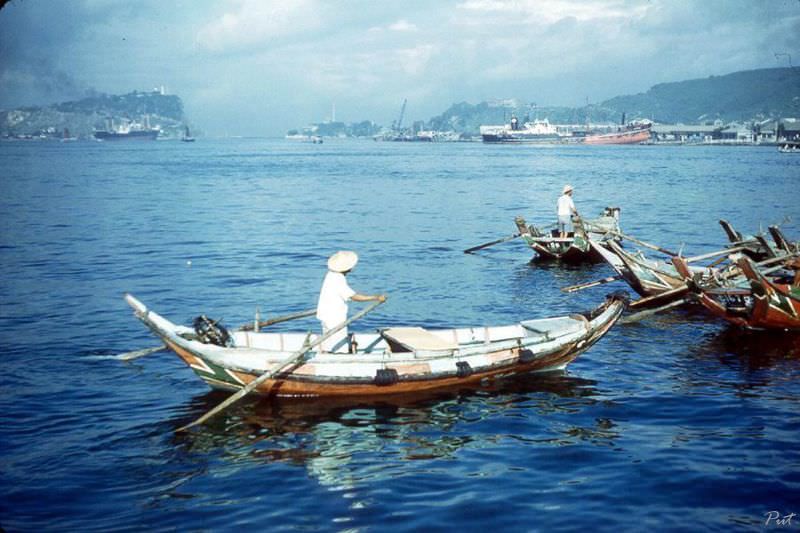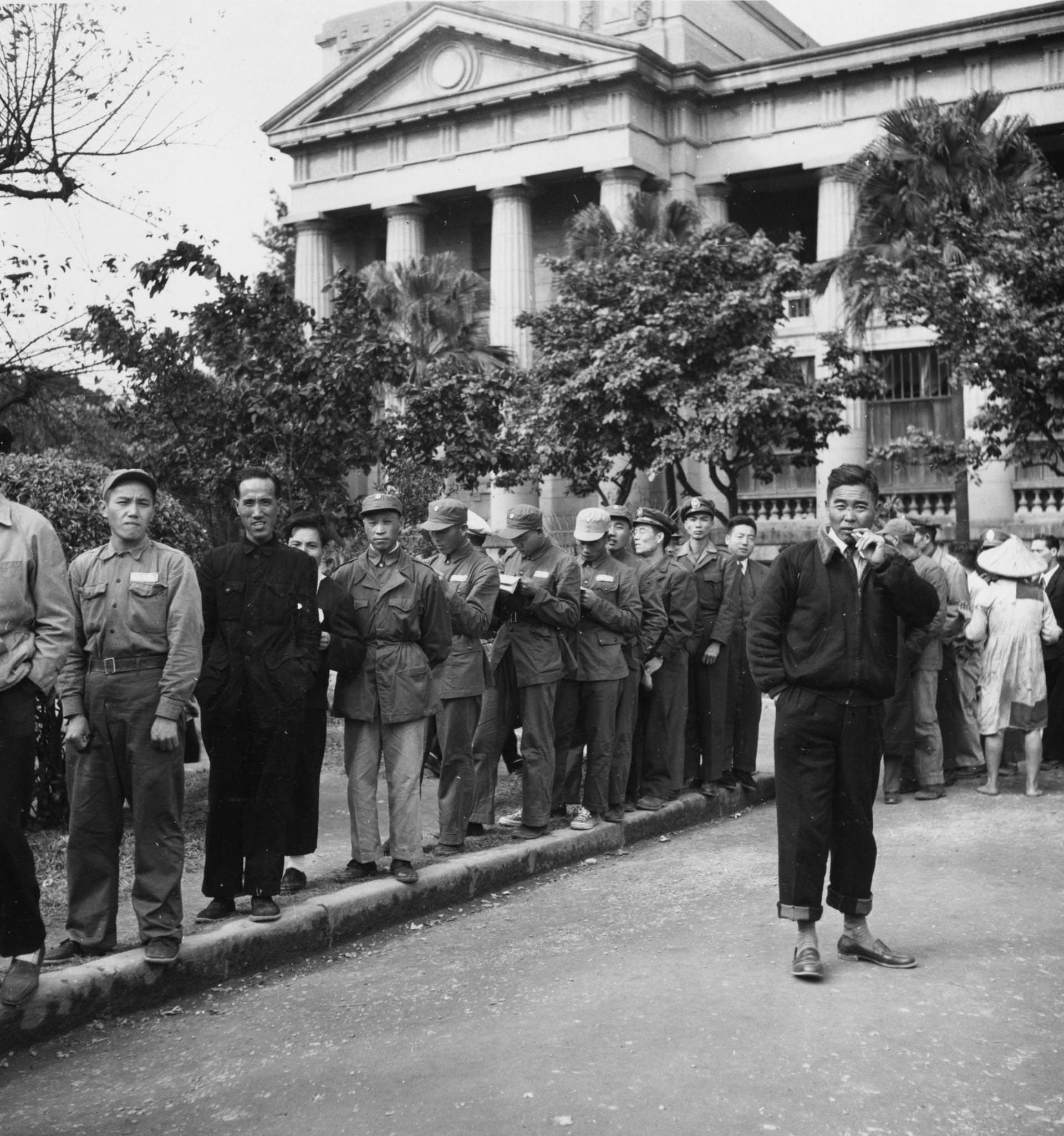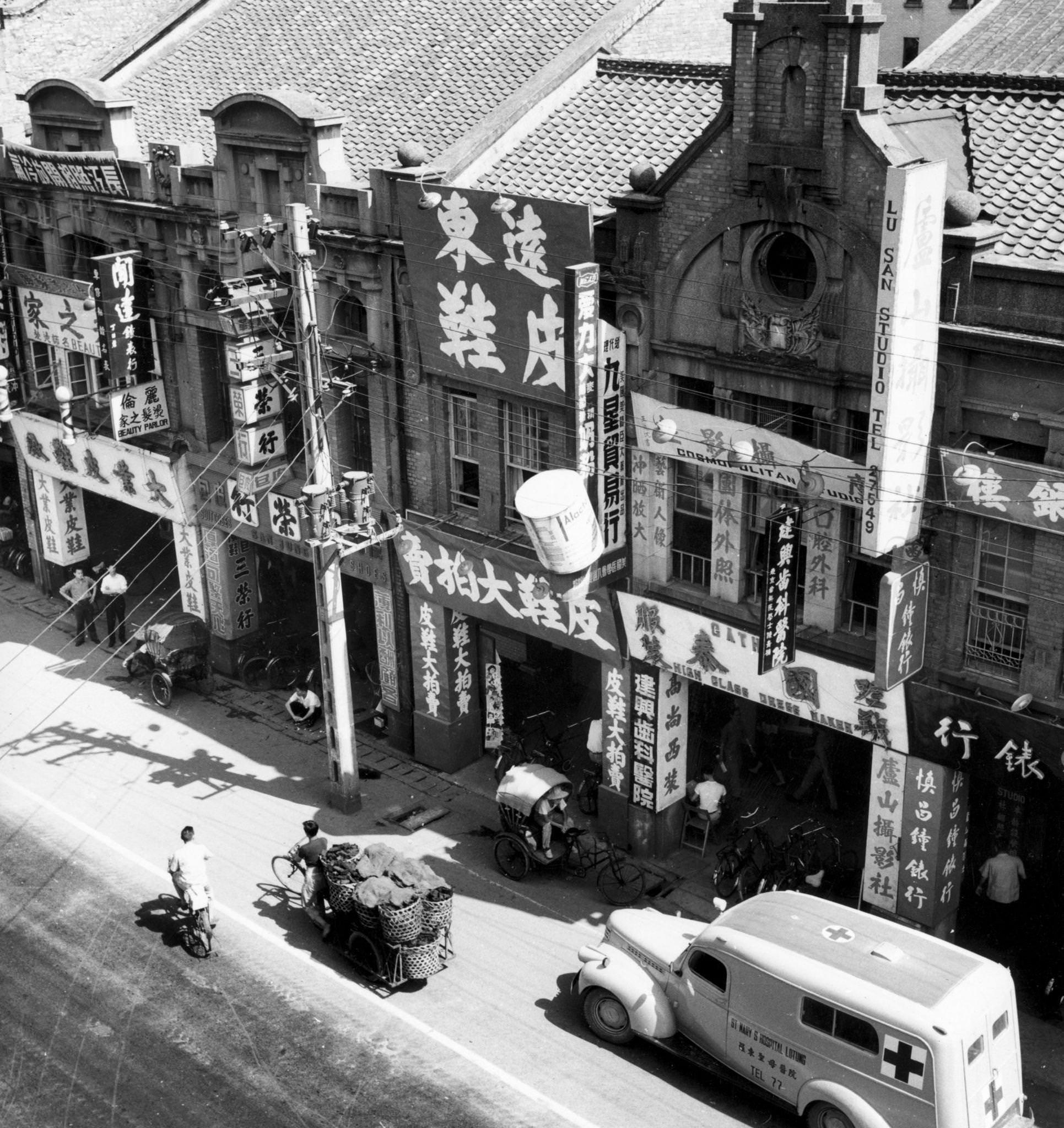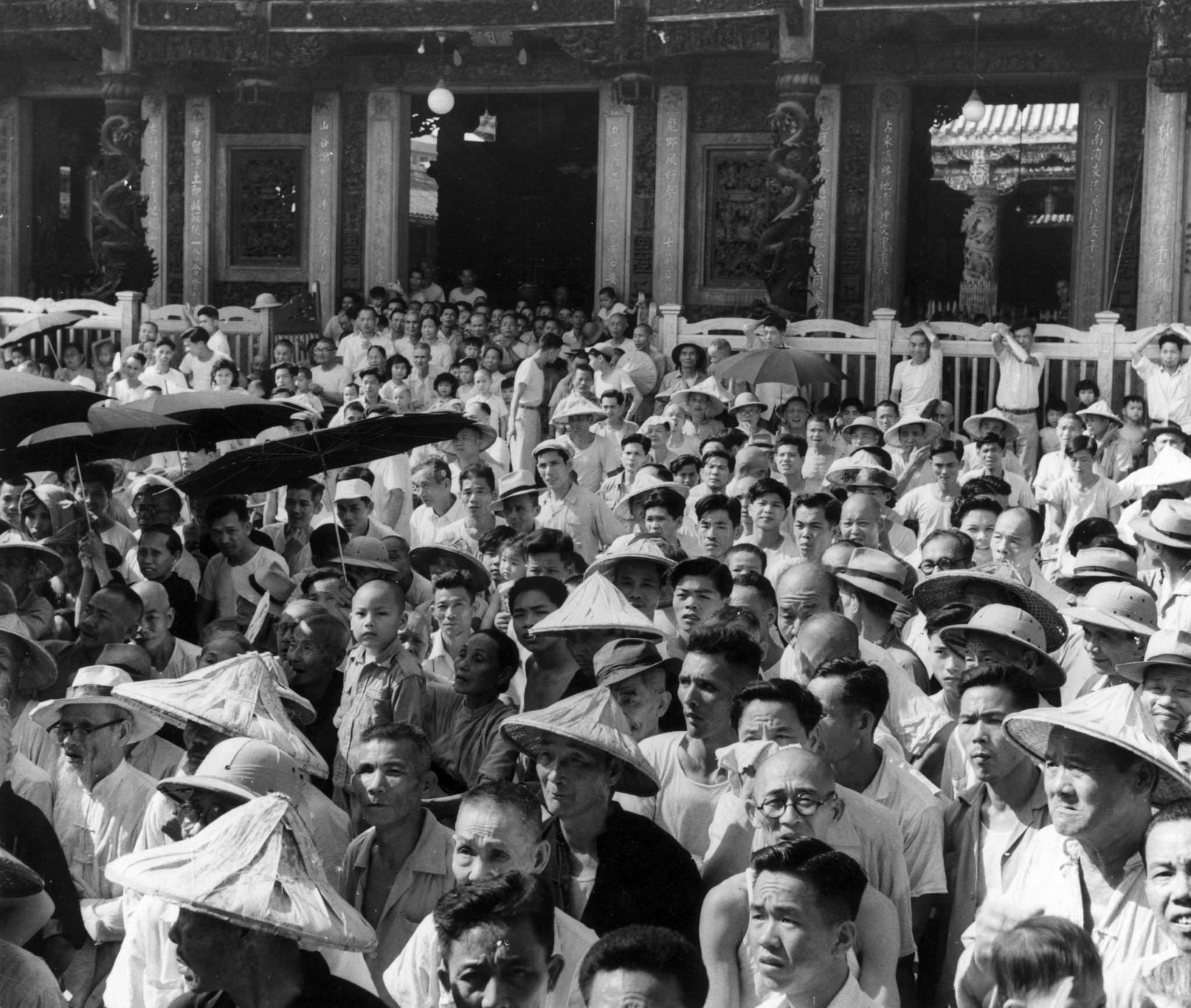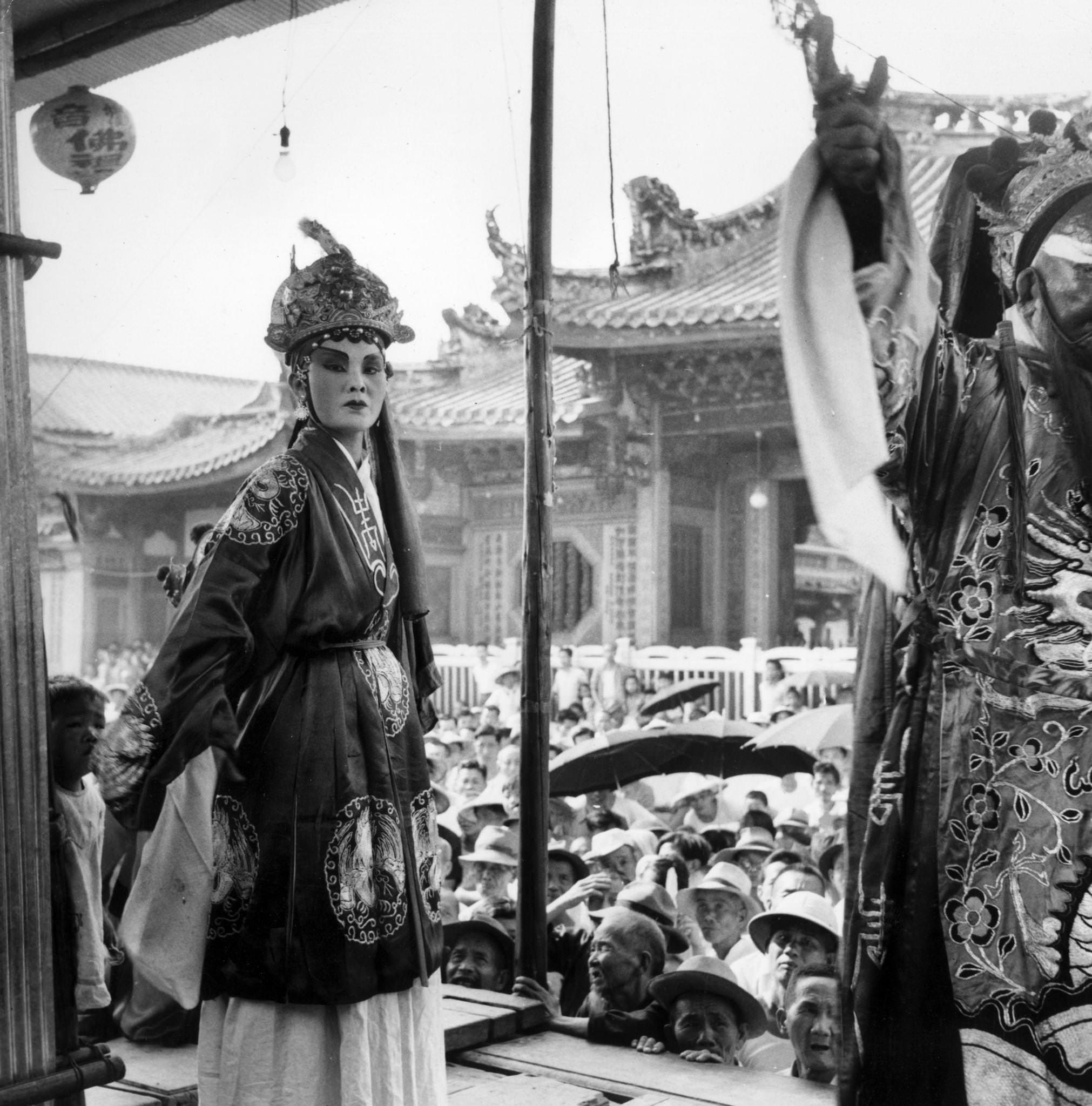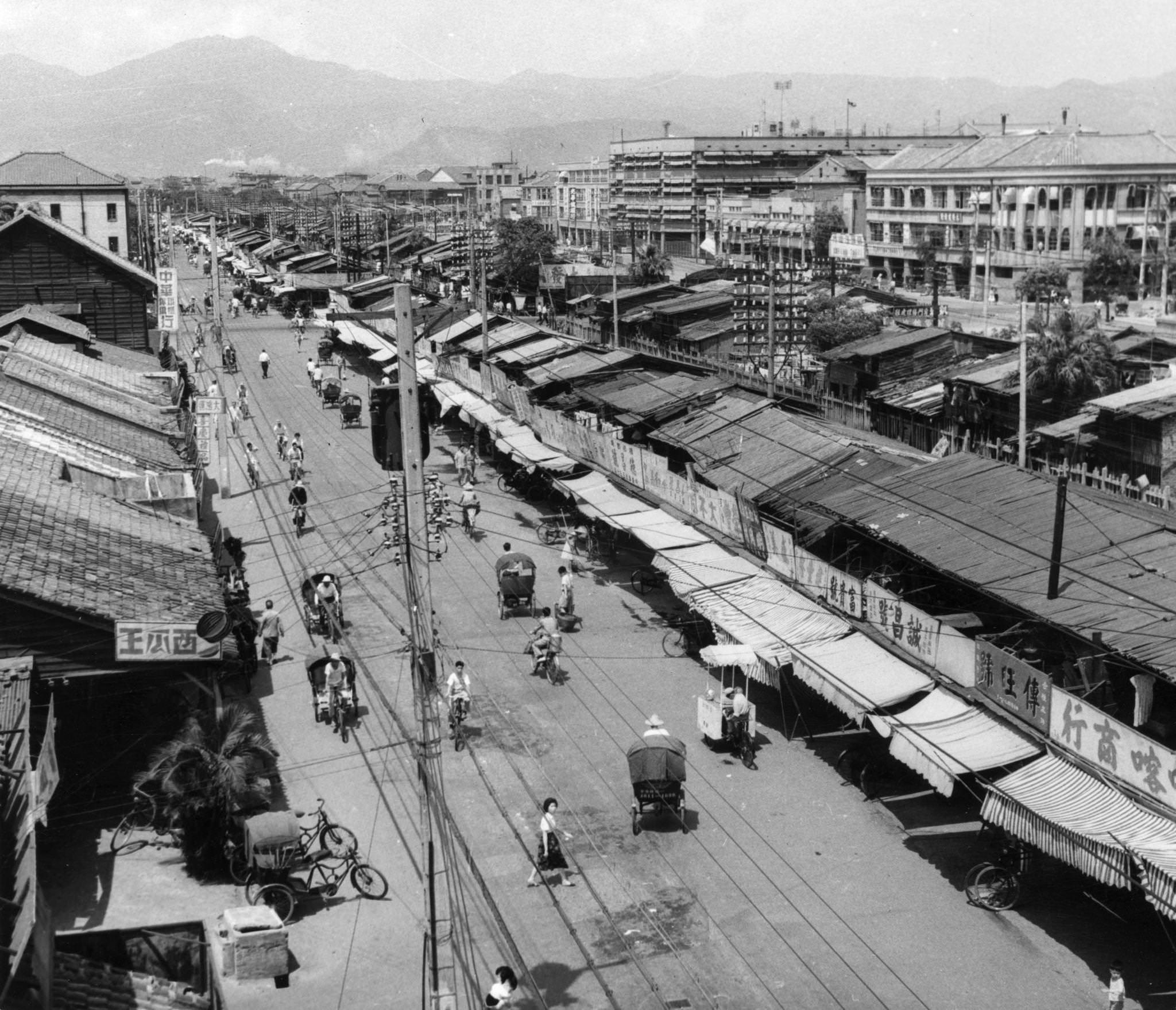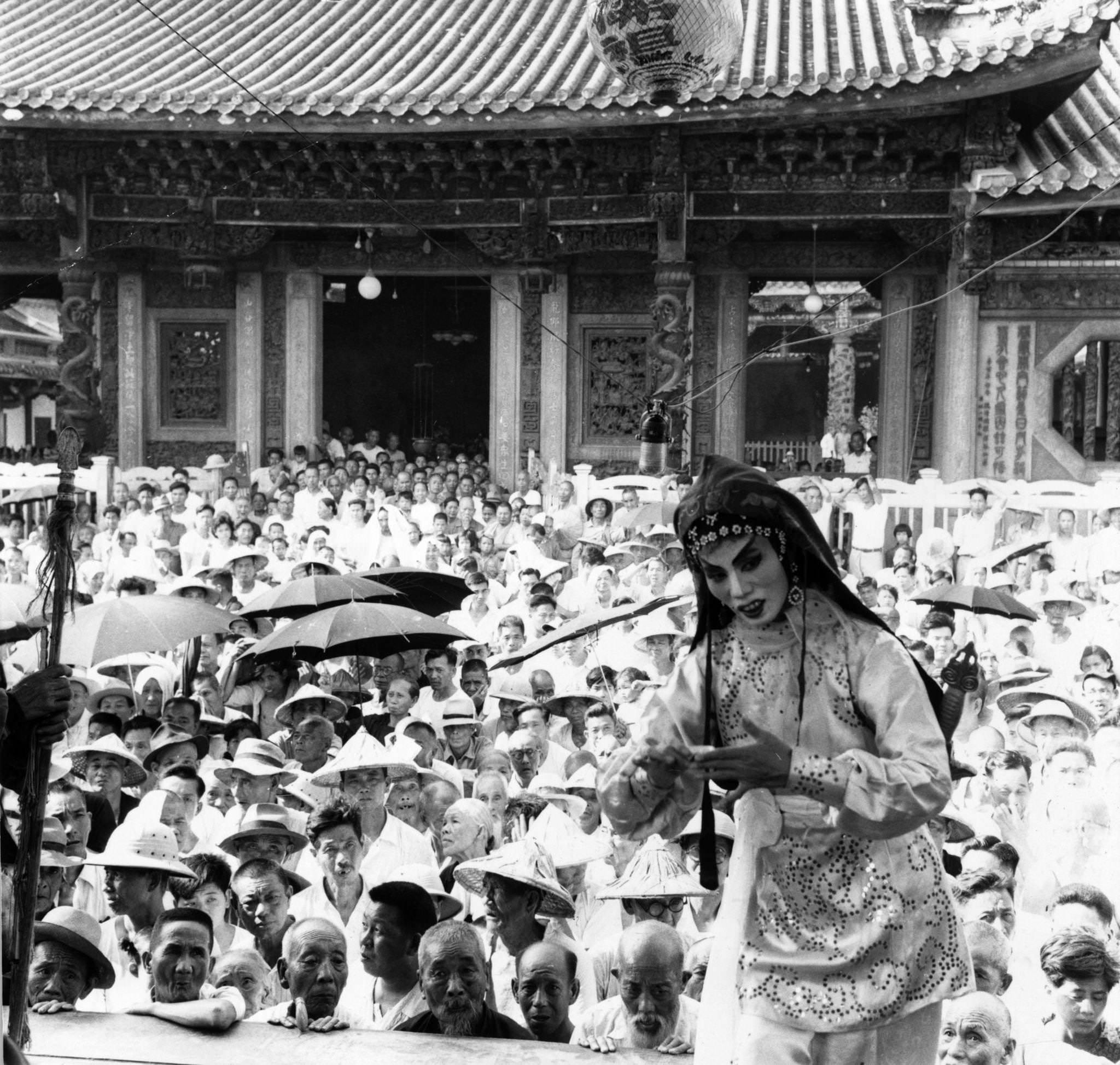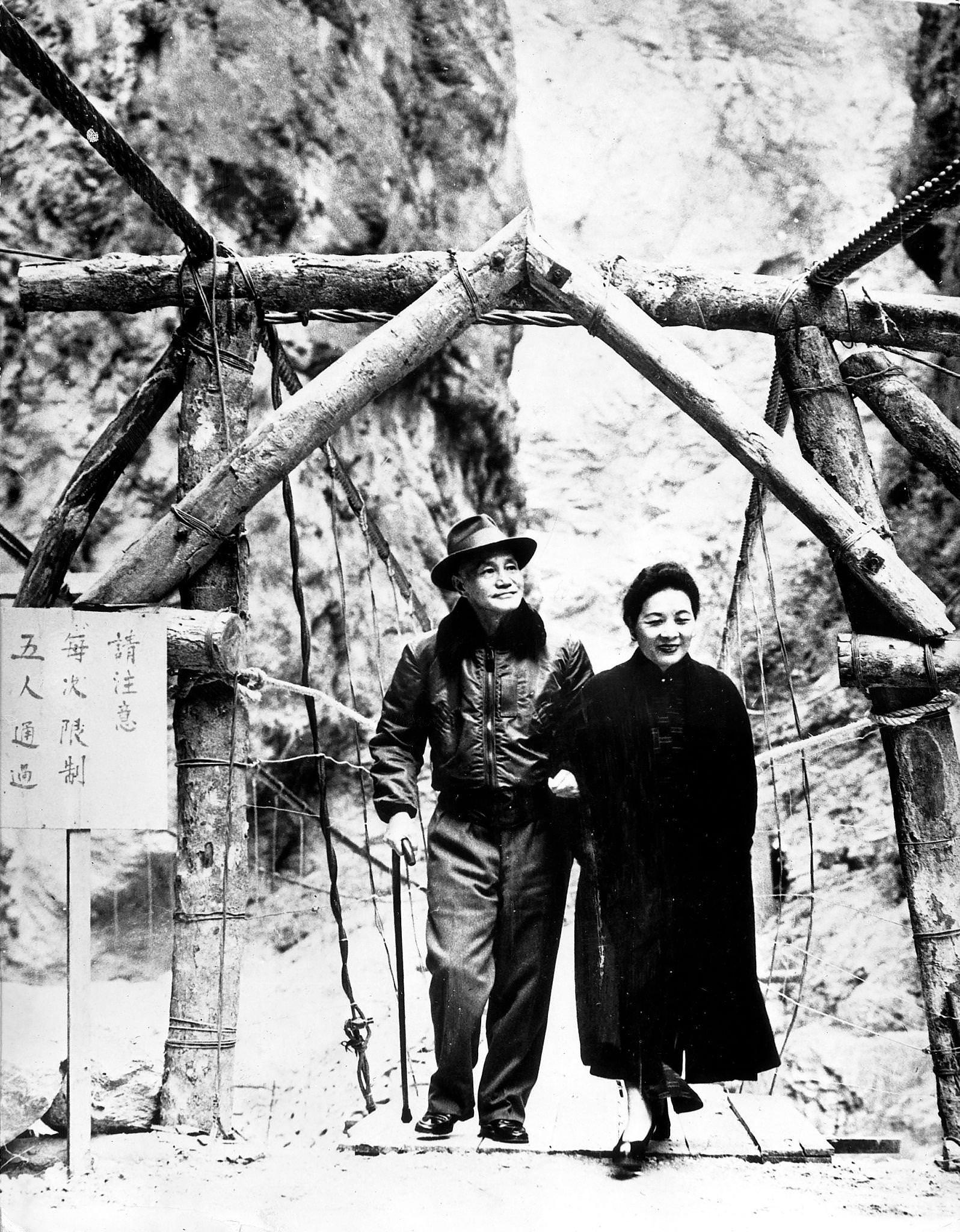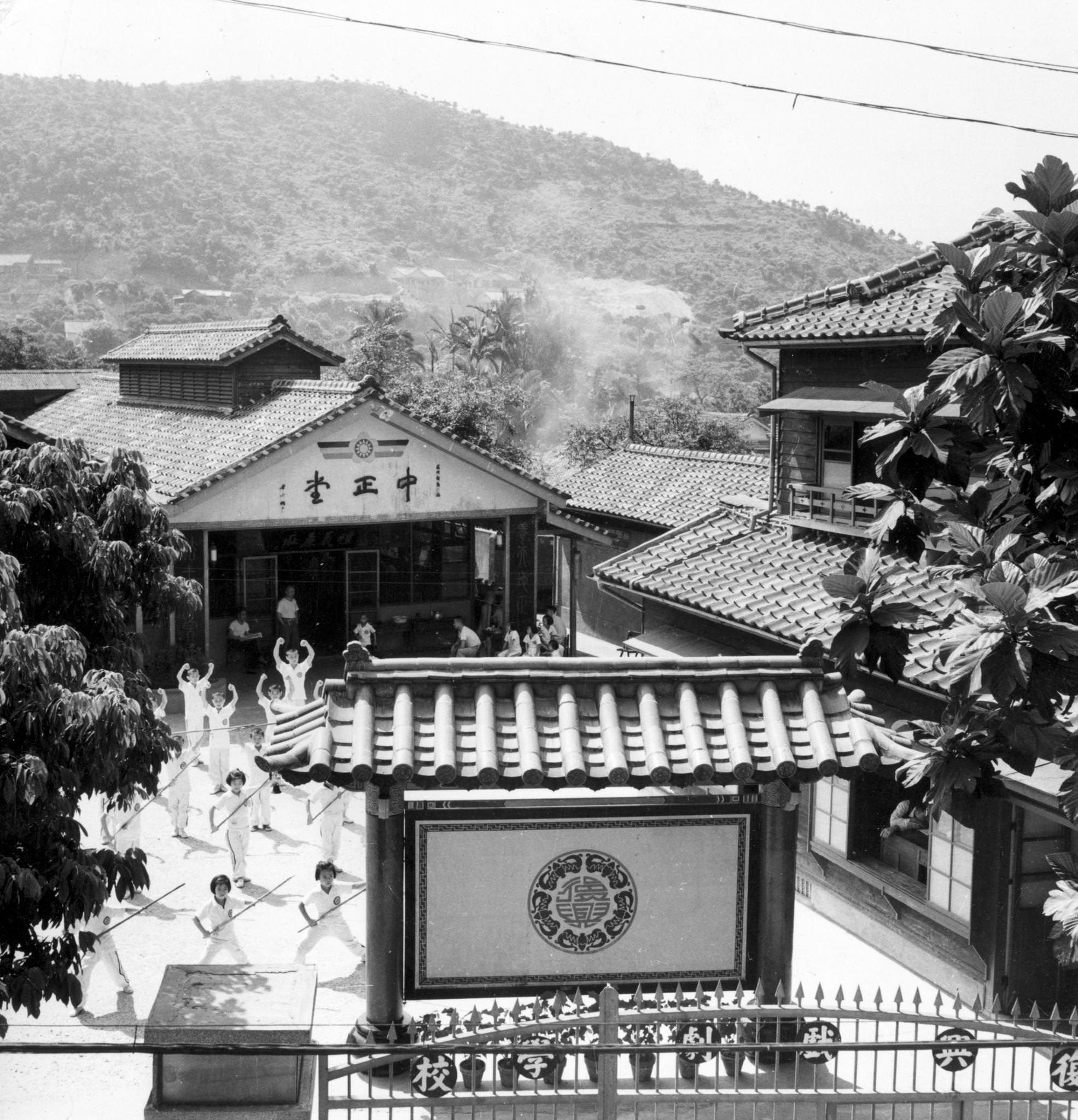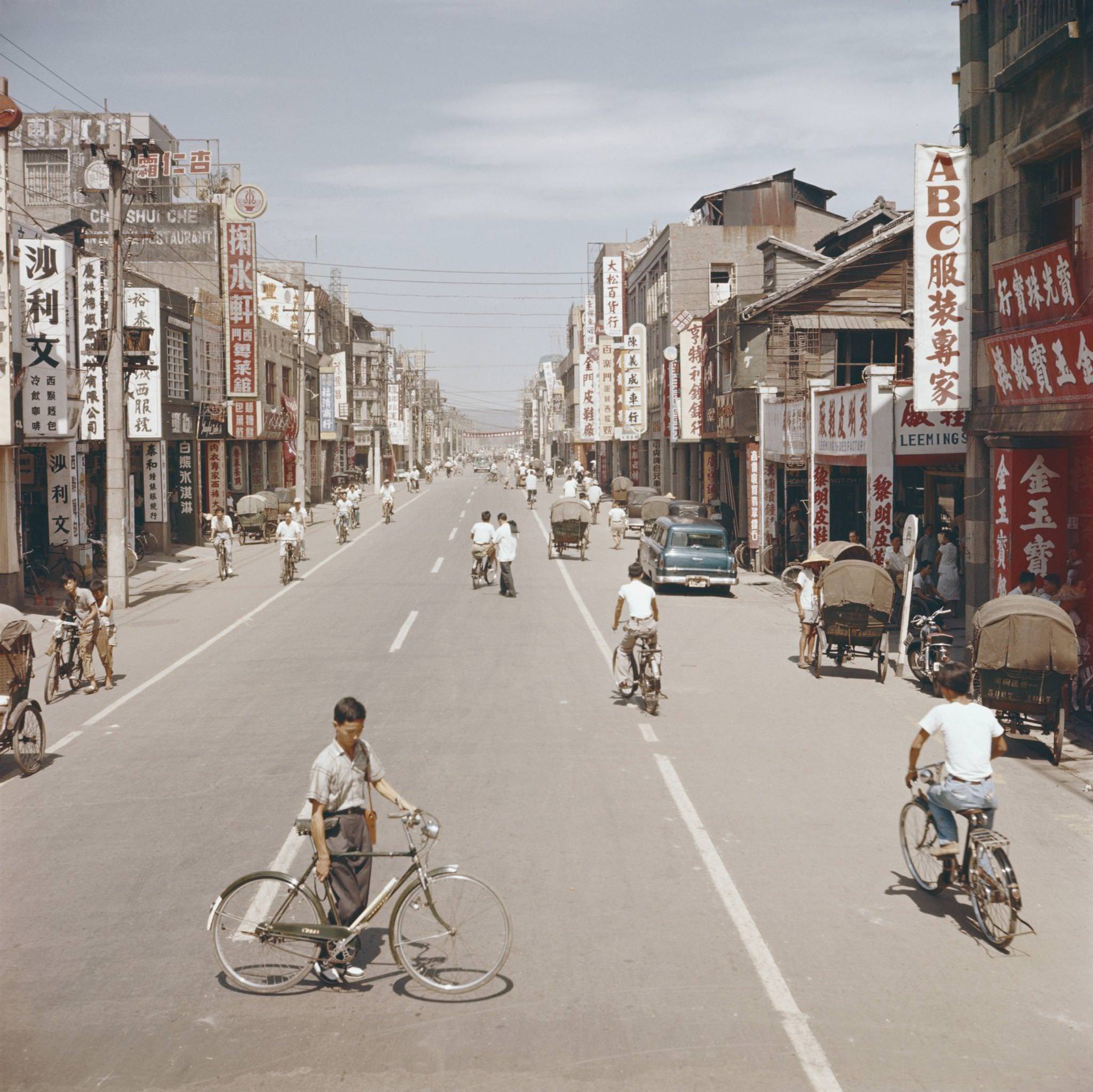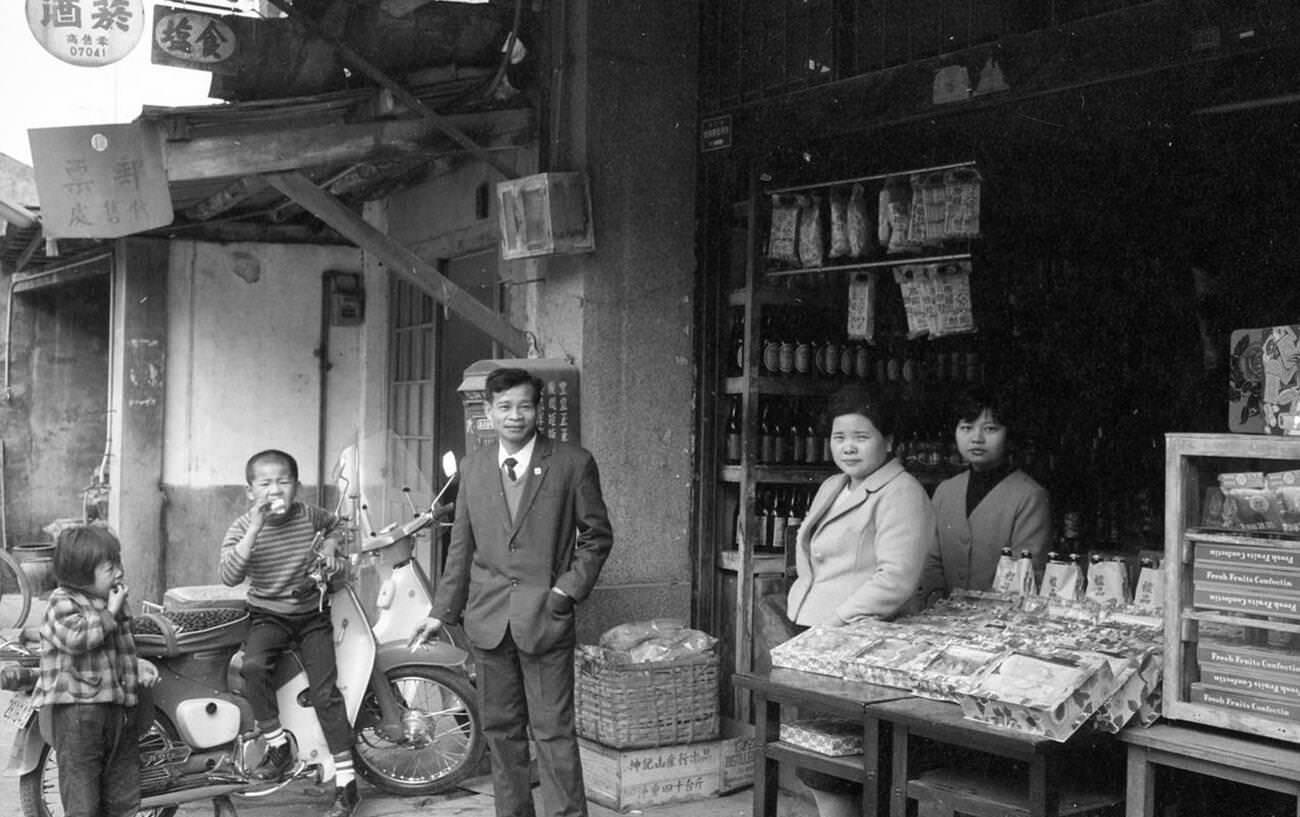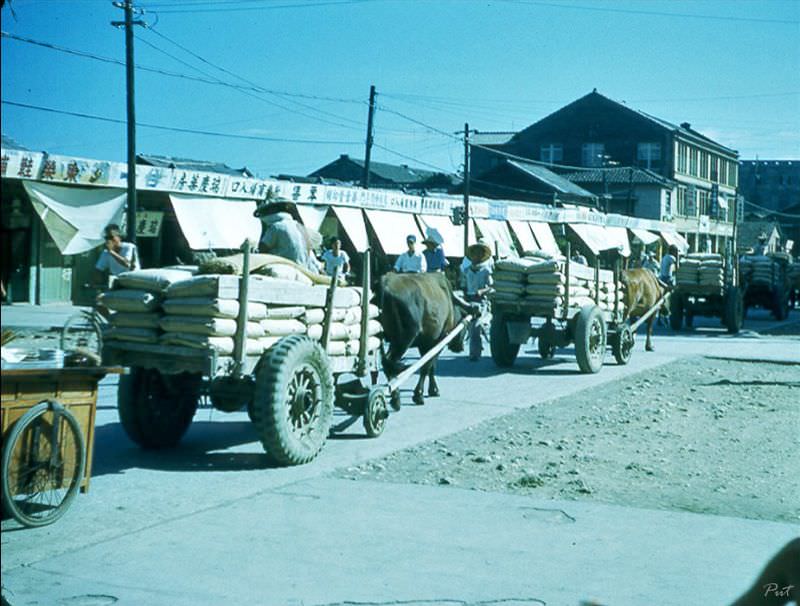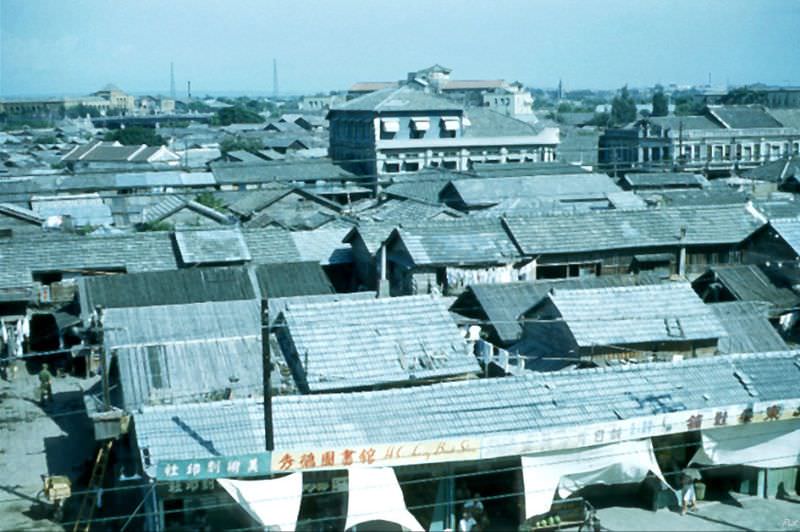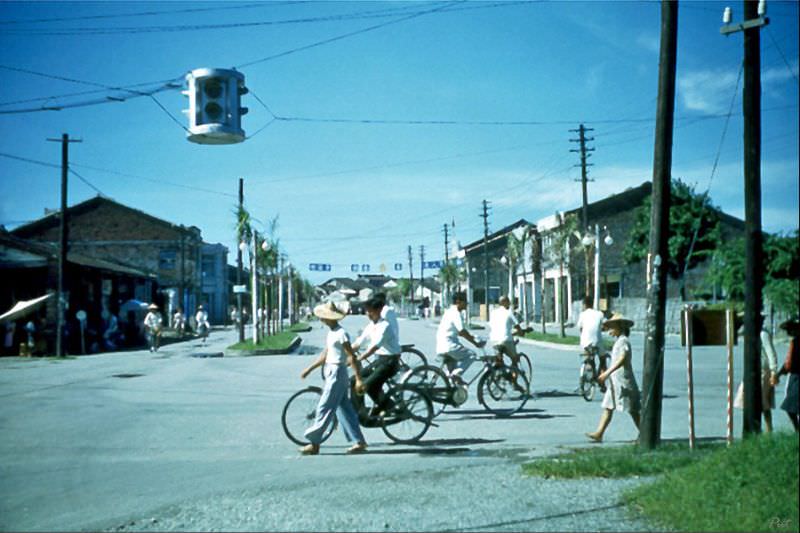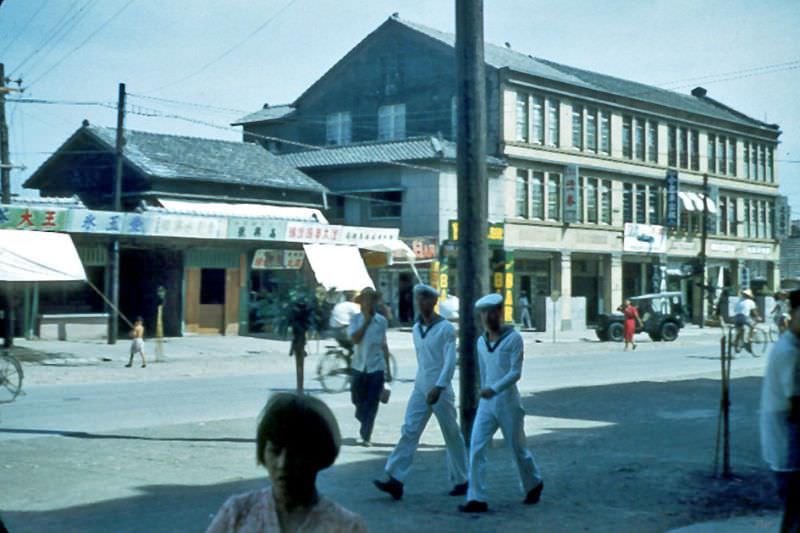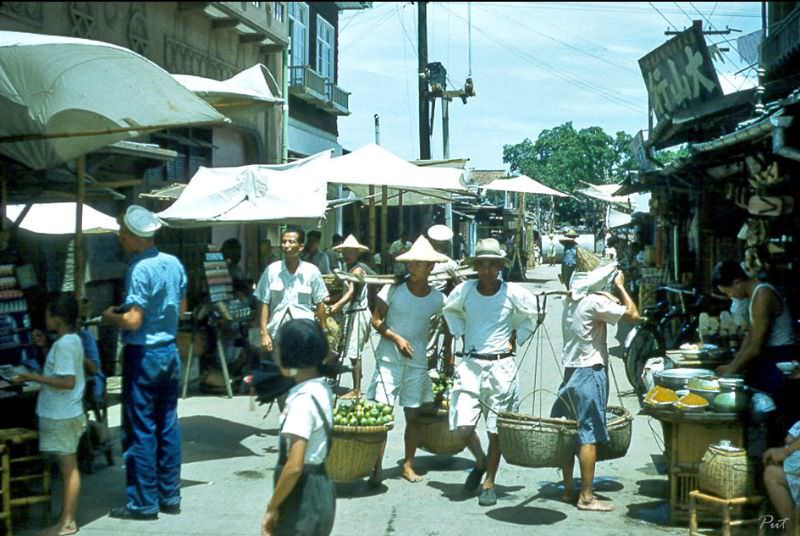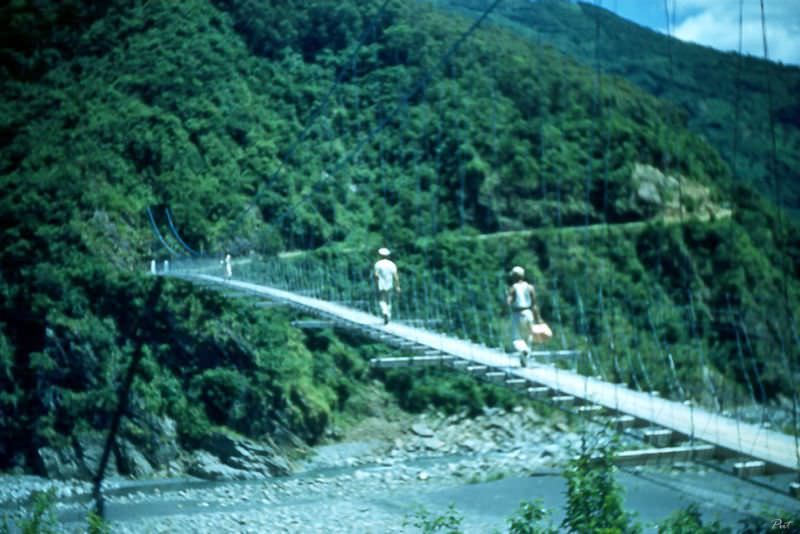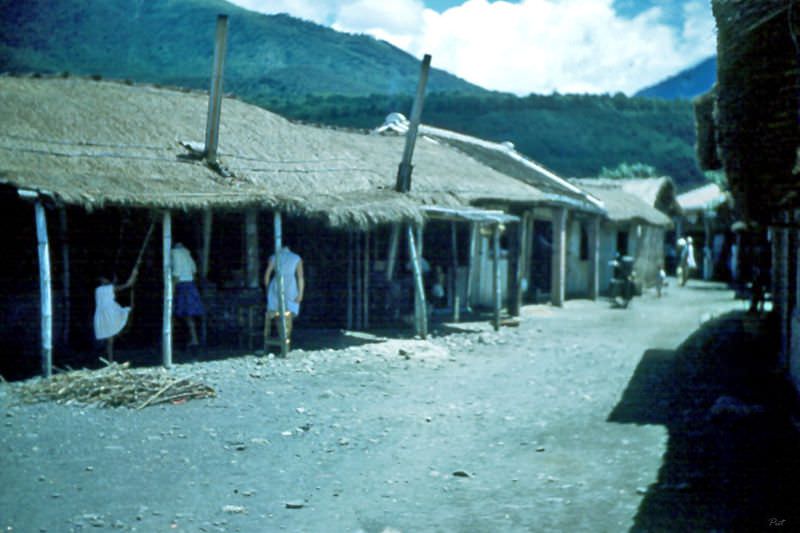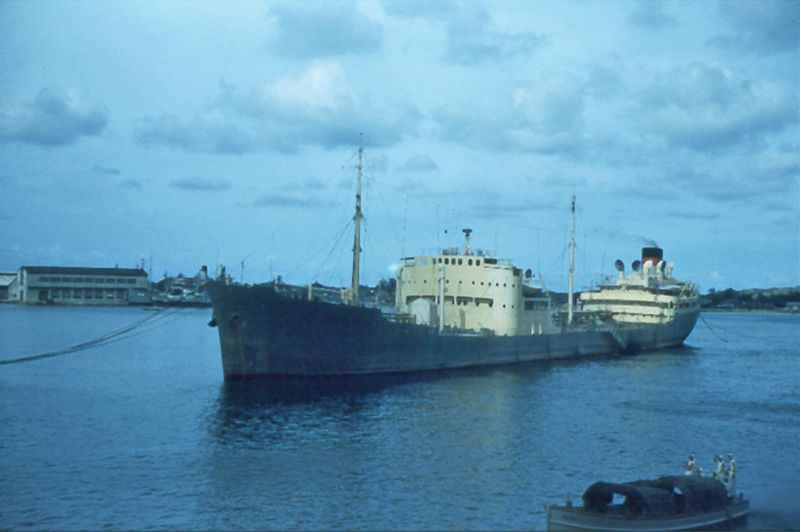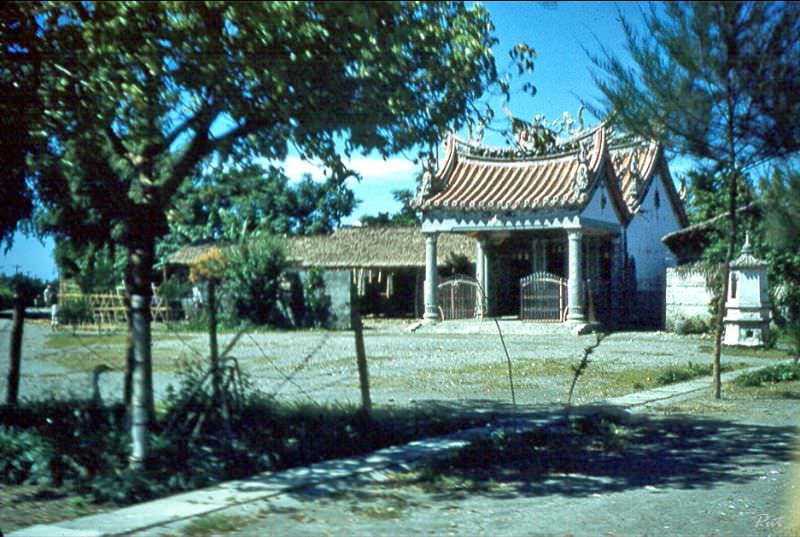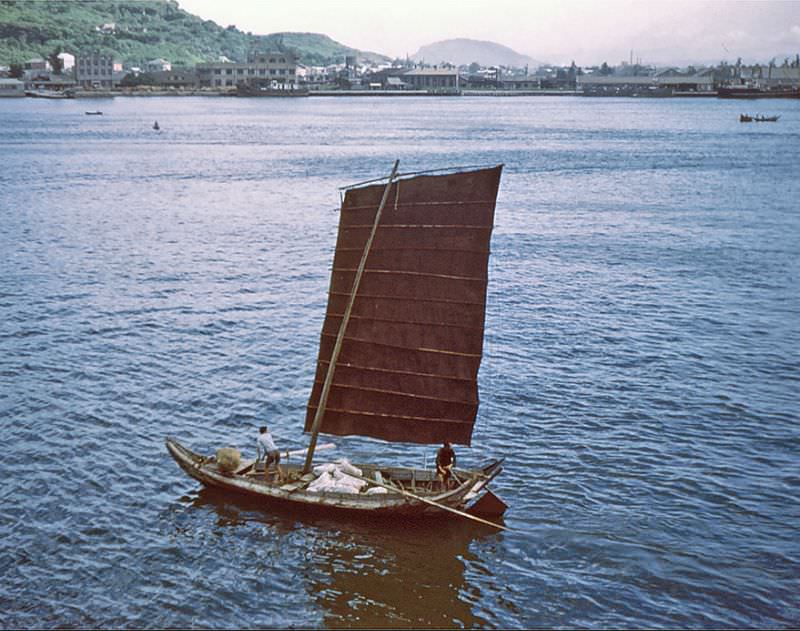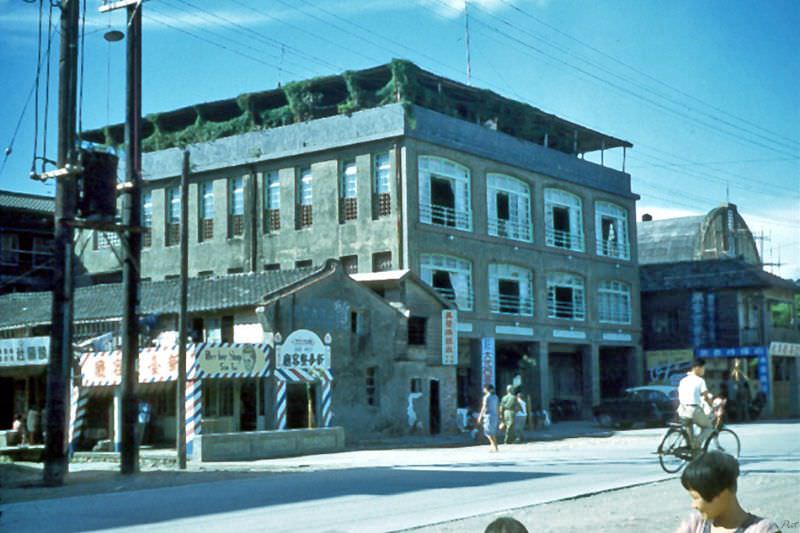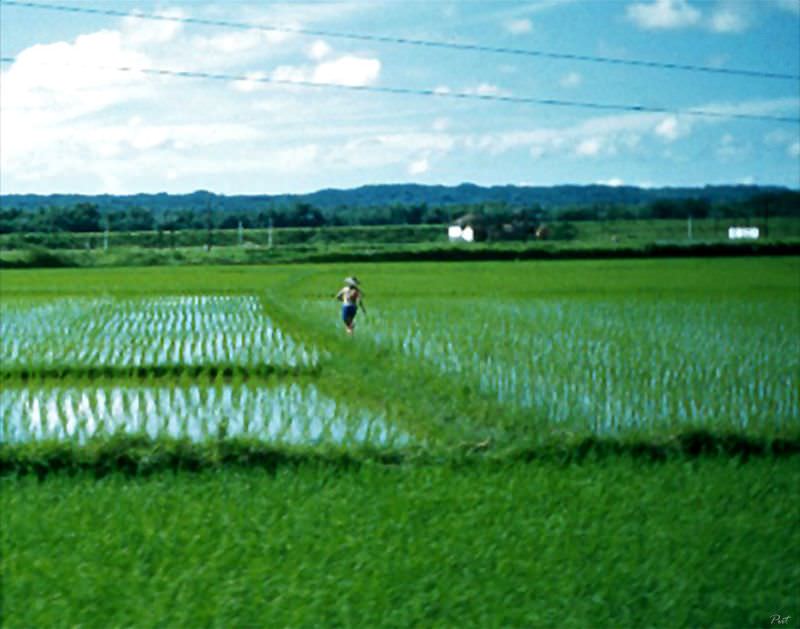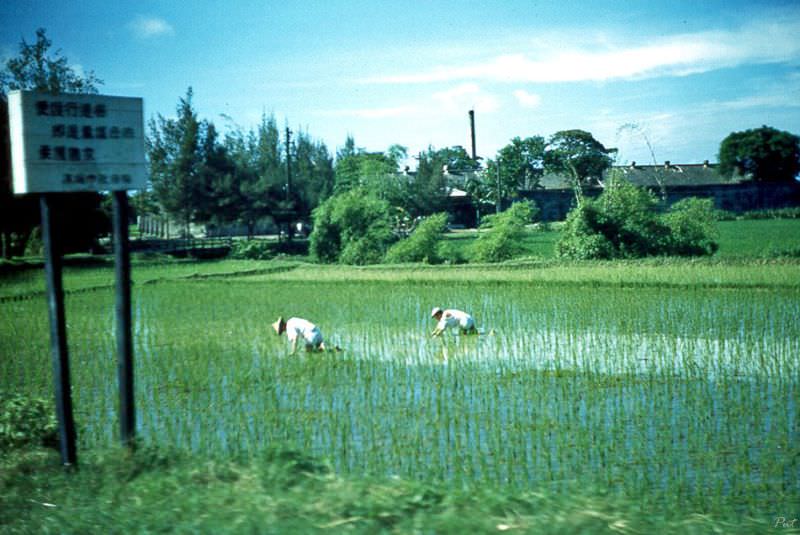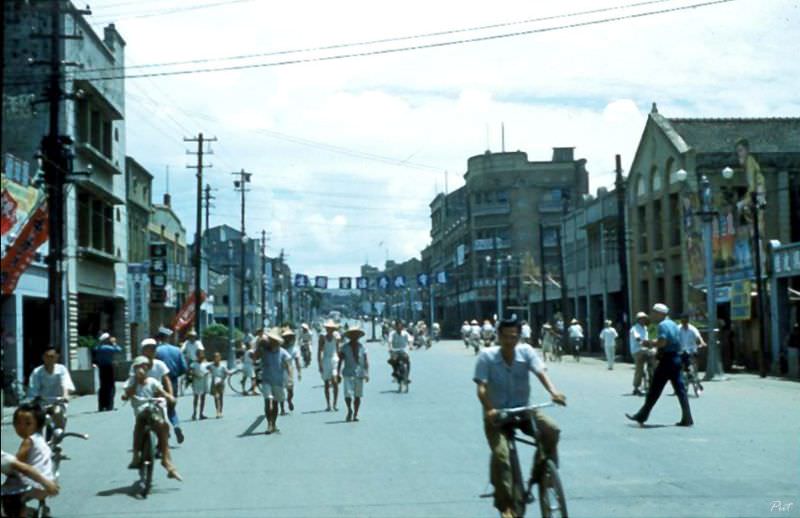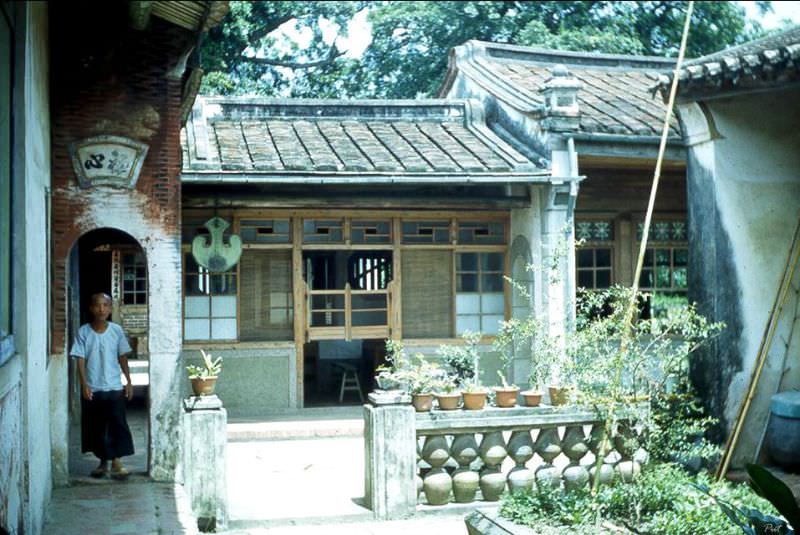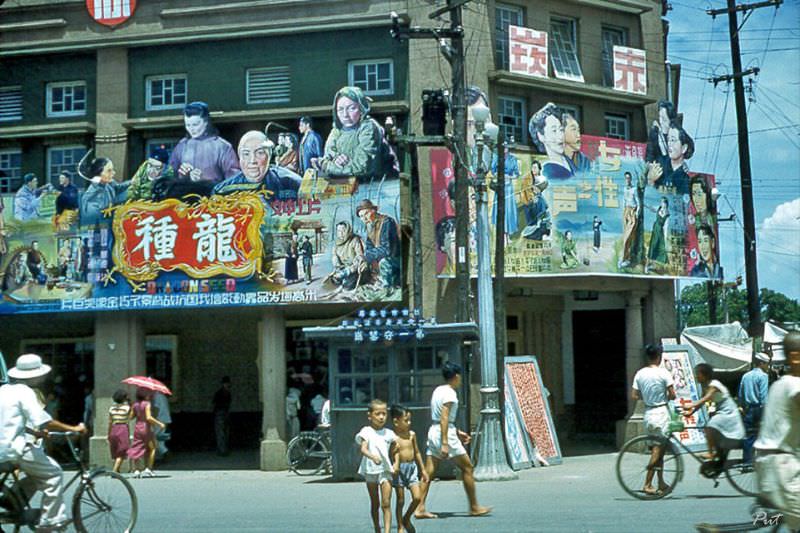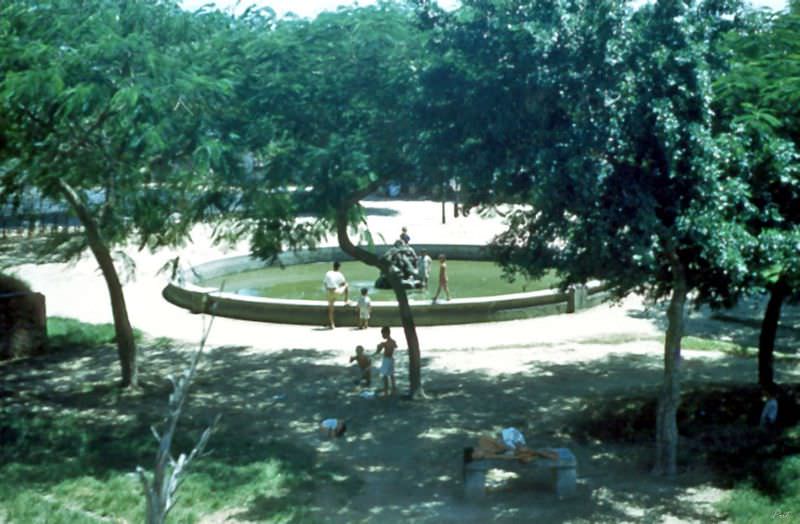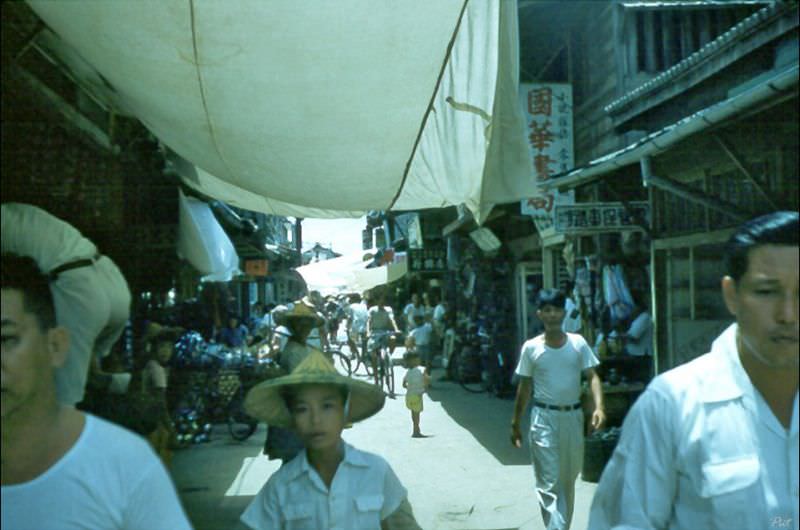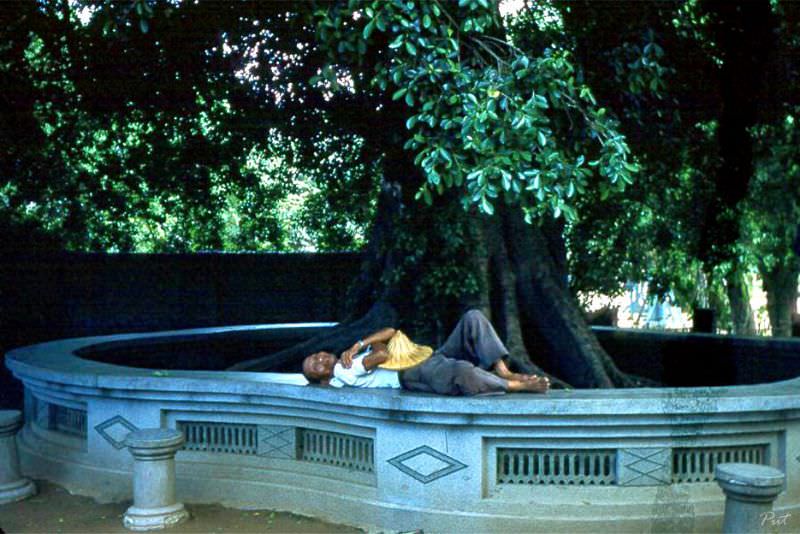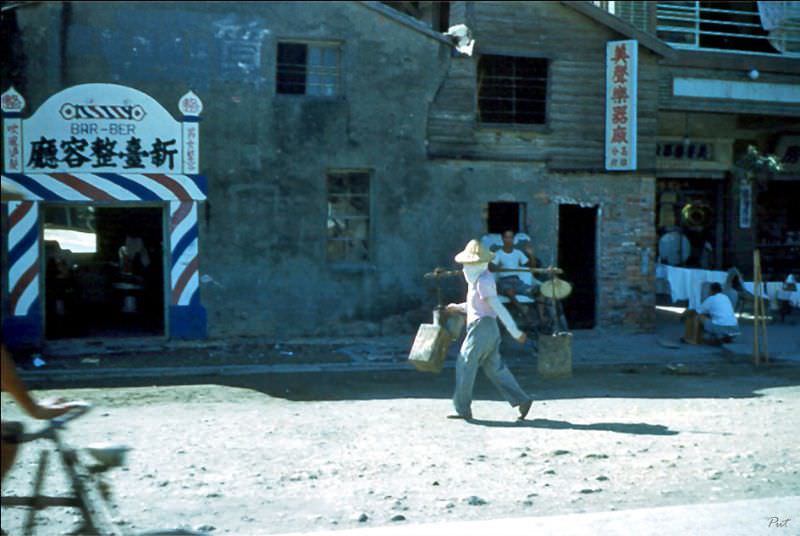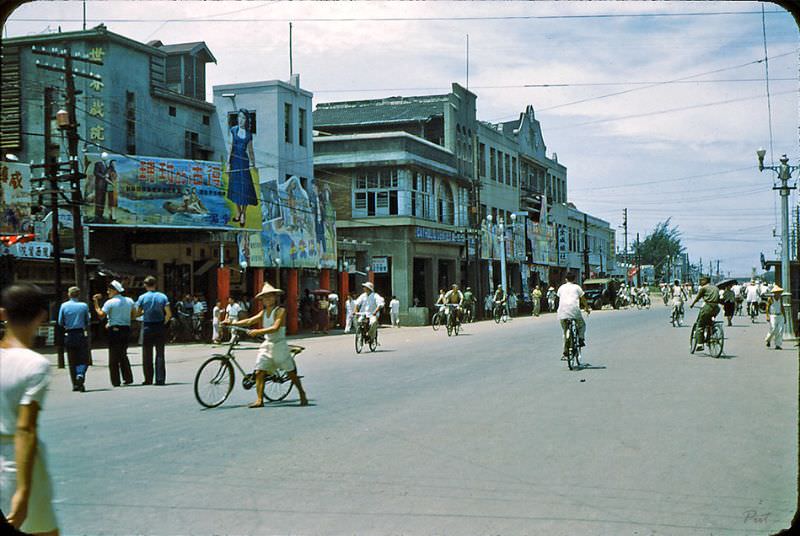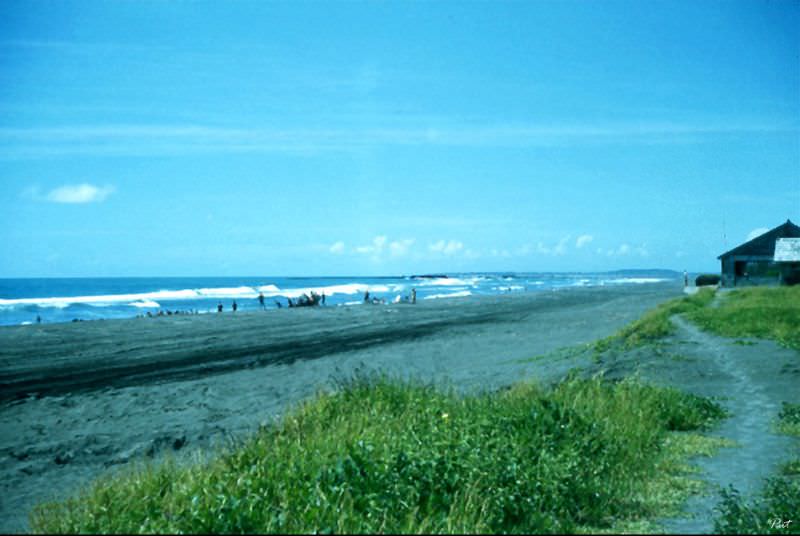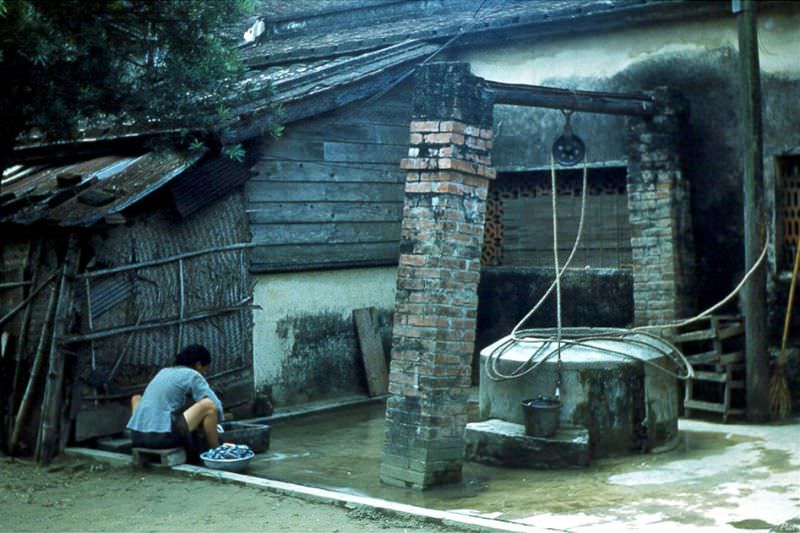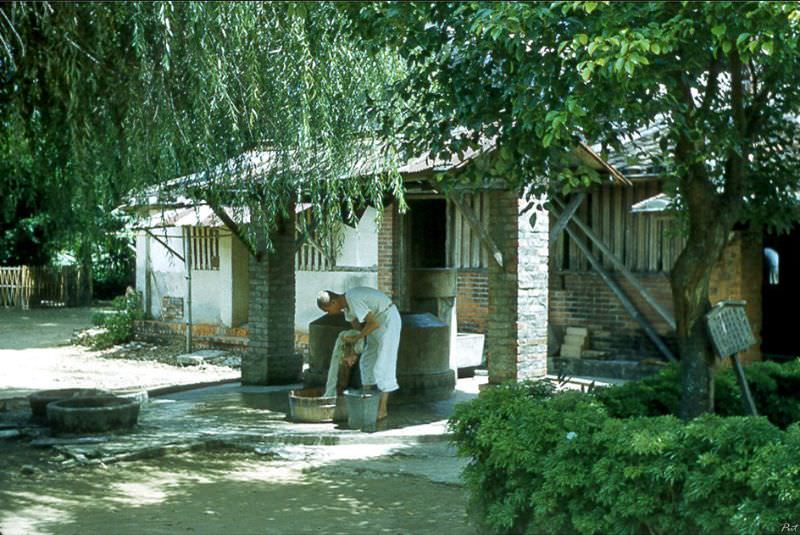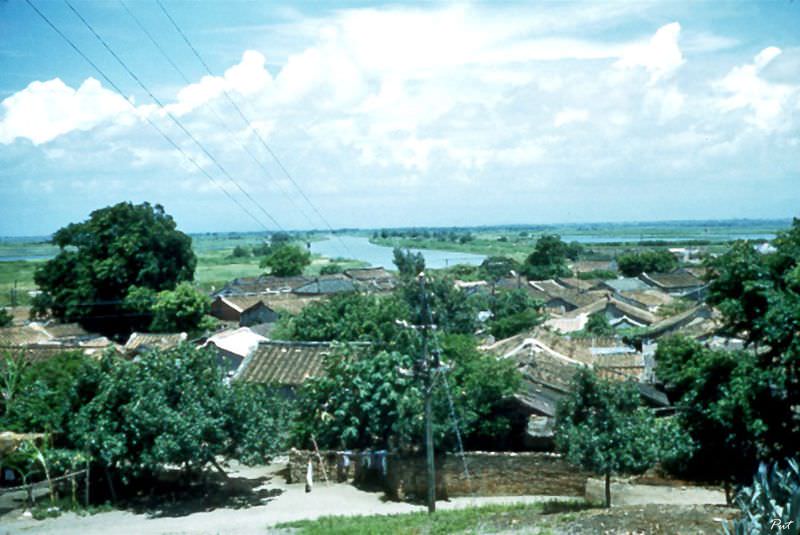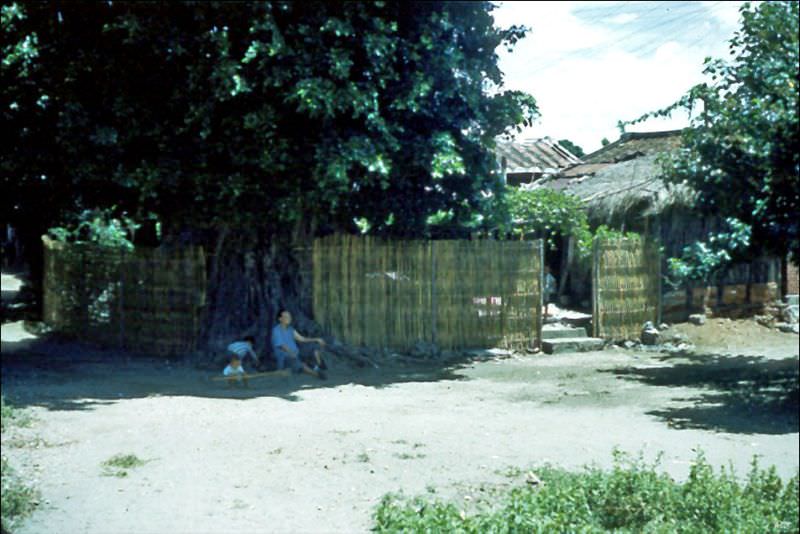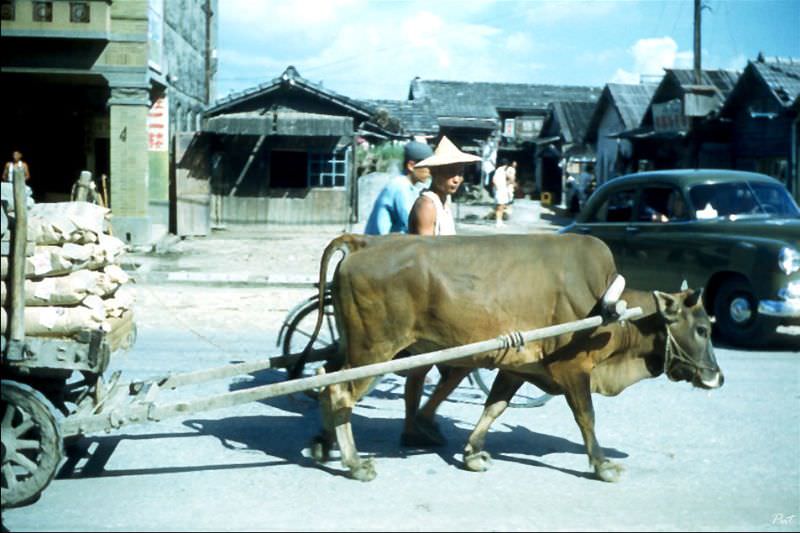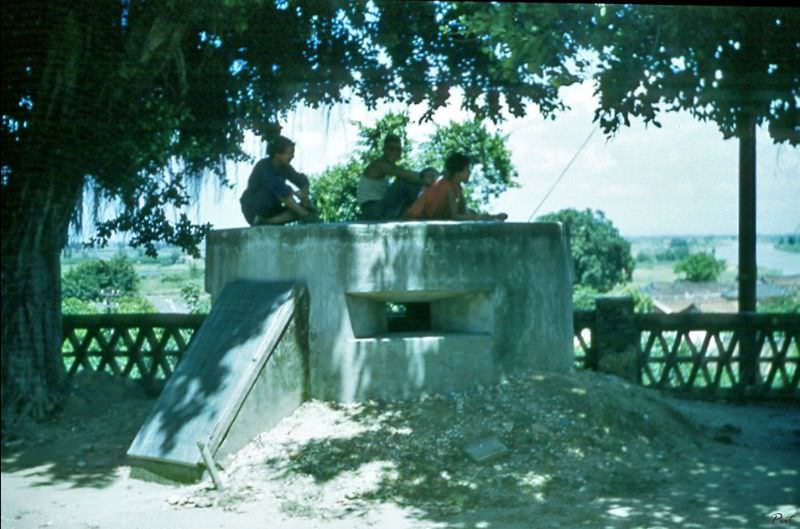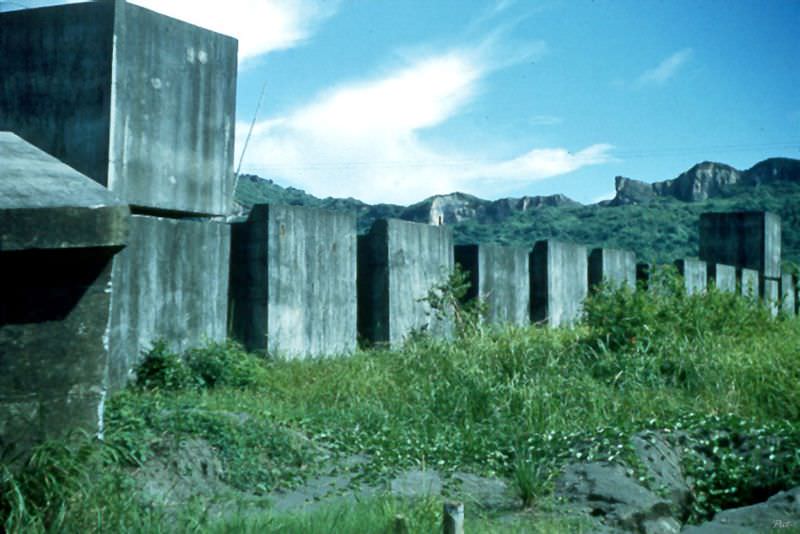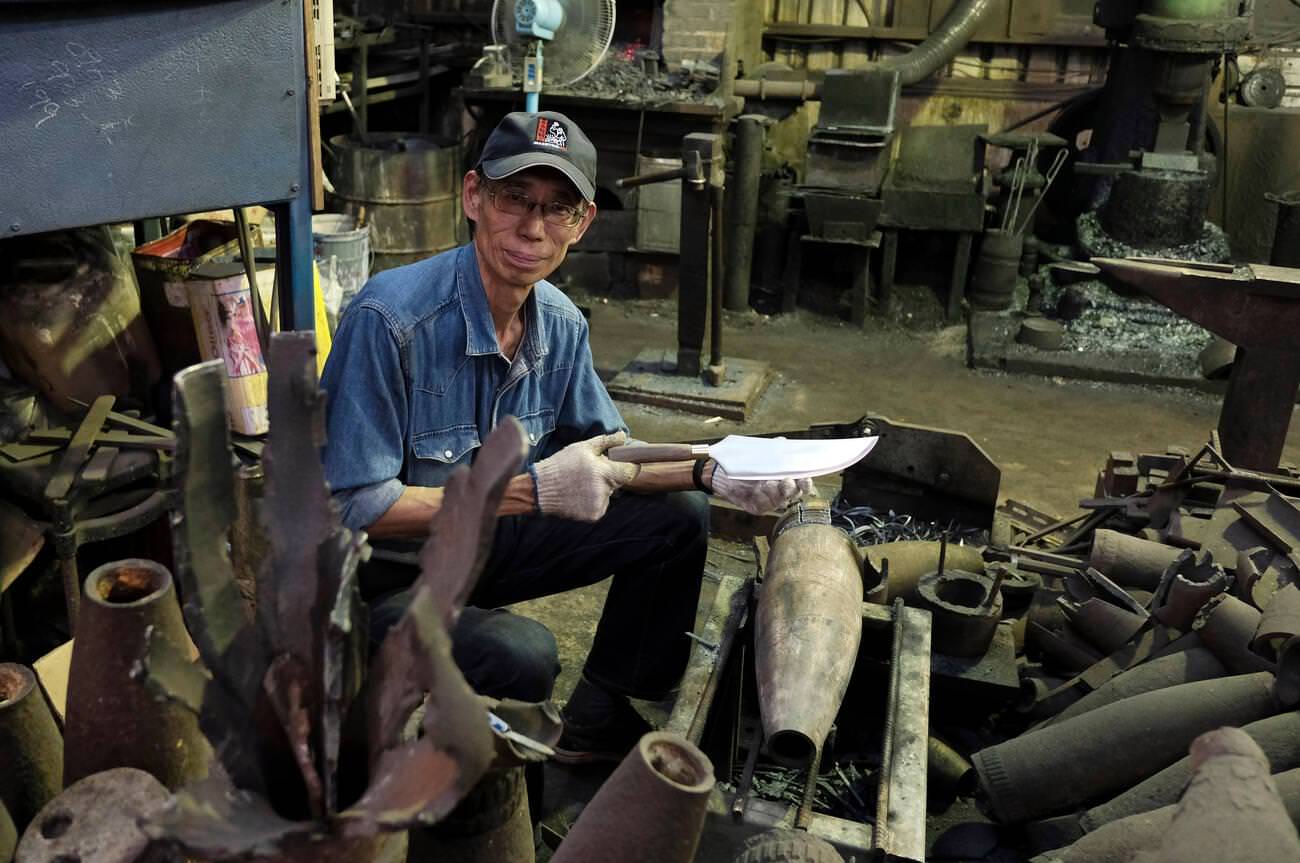In the 1950s, Taiwan found itself at the start of a new chapter. The island had been under Japanese rule from 1895 to 1945, followed by a brief period of chaos after World War II. But by the 1950s, the Republic of China, led by Chiang Kai-shek and his Kuomintang party, was firmly in control. This was the start of a period known as the “White Terror,” marked by political repression and martial law.
Rising from the Ruins
Despite the political turmoil, Taiwan in the 1950s was a place of resilience and growth. The island was rebuilding from the devastation of World War II, and there was a sense of determination and hard work in the air.
Farming was still the main occupation for many Taiwanese, but the seeds of industrialization were being sown. The government launched a series of economic development plans, focusing on infrastructure and industry, laying the groundwork for the economic miracle that would take place in the decades to follow.
The Flourishing of Culture
Even amidst the political tension and economic rebuilding, culture flourished in Taiwan during the 1950s. Traditional arts like puppet theatre, tea ceremonies, and calligraphy were treasured, and new forms of expression were emerging.
Cinema took off during this time. Taiwan’s film industry began to flourish, producing a range of movies from historical dramas to romances. Many of these films are considered classics today, and they offer a unique window into the society and culture of the time.
The Taste of Taiwan
Food, of course, has always been a crucial part of Taiwanese culture. In the 1950s, Taiwan’s culinary scene was as vibrant as ever. From bustling night markets serving up street food favorites like stinky tofu and oyster omelets, to traditional tea houses nestled in the mountains, the island was (and still is!) a food lover’s paradise.
The 1950s was a decade of change for Taiwan. The island was finding its feet, rebuilding from the ruins, and laying the foundations for the thriving nation we know today. Looking back, we can see the threads of history woven into the fabric of modern-day Taiwan.
Step into a captivating journey back in time with these fascinating vintage photos that will transport you to 1950s Taiwan. Don’t miss the opportunity to explore what Taiwan looked like during the equally enchanting 1960s era.


